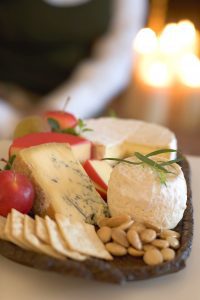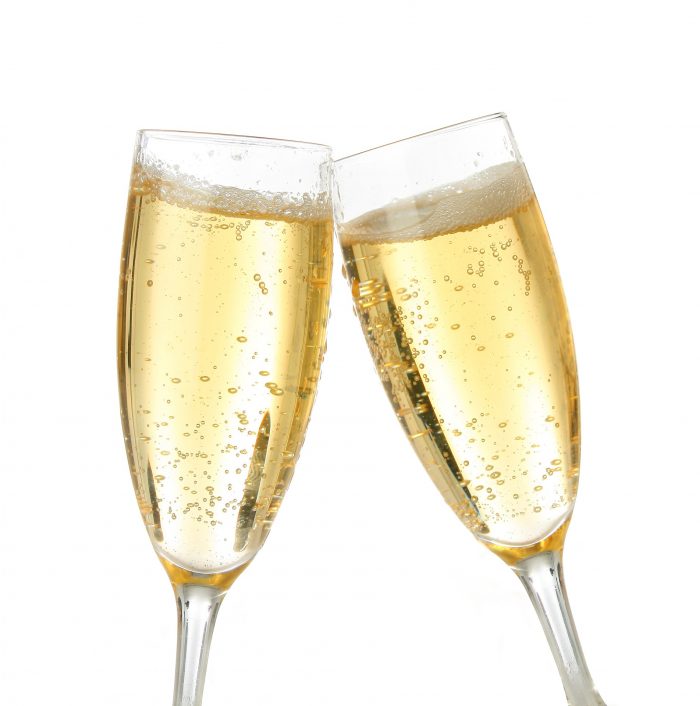By Bob Lipinski

Provolone cheese has been enjoyed for decades by not only Italian-Americans, but the vast majority of the population. Regardless of whether it is imported from Italy (mainly from the south) or made domestically (mostly in Wisconsin), Provolone is enjoyed by itself or in a multitude of food recipes.
Auricchio is the best-known brand of Provolone on both sides of the Atlantic. Gennaro Auricchio founded the Auricchio Cheese Company in San Giuseppe Vesuviano, near Naples, Italy, in 1877. In 1979, Gennaro’s great-grandson, Errico Auricchio, moved his family to the United States, and they settled in Wisconsin for the abundance of top-quality milk.
Provolone is classified in Italy as a pasta filata (plastic curd) cheese, which translates as “spun paste.” The curd is heated in hot whey, then kneaded or spun in long threads (similar to string cheese) until it is transformed into a soft and pliable ball suitable for shaping that can be hard or soft. Other examples are caciocavallo, mozzarella, and burrata.
Provolone, a cow’s milk cheese (once made from water buffalo milk), is light golden yellow in color, with a waxed exterior and creamy ivory interior. It is made in various shapes and sizes, including rectangular, ball, oval, round, wheels, and a giant salami (known as gigante). Depending on the age of the cheese, it is smooth to hard in texture with a mild to quite tangy and even sharp flavor.
Provolone is good for grating when hard. It is available in three styles — dolce (sweet) with a sweet and delicate flavor, which is aged for two to three months; piccante (piquant), sharp and slightly salty, which is aged longer; and affumicato, which is smoked for one week, then aged for two months.
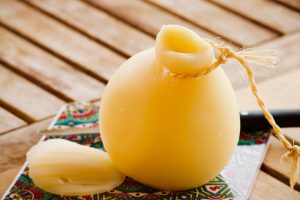
Provolone cheese is made in several of Italy’s regions. Some examples are:
Provolone del Monaco: A semi-hard, provolone cheese made in Campania, has a russet exterior and hazelnut color interior. It is cylinder-shaped with a pleasing, sweet, buttery flavor and a light, pleasant taste.
Provolone Lombardo: A provolone cheese made in the provinces of Brescia and Cremona in Lombardy.
Provolone Valpadana: A provolone aged several months, which is made in the regions of Emilia-Romagna, Lombardy, Trentino-Aldo Adige, and Veneto. It has a firm texture and mild aroma, which sharpens with age.
Provolone pairs well with many red and white wines, including reds: Dolcetto, Merlot, Primitivo, Valpolicella, Zinfandel; and whites: Orvieto, Riesling, Sauvignon Blanc, Soave. It is also wonderful paired with a dry sherry wine.
Bob Lipinski is the author of 10 books, including “101: Everything You Need To Know About Whiskey” and “Italian Wine & Cheese Made Simple” (available on Amazon.com). He consults and conducts training seminars on Wine, Spirits, and Food and is available for speaking engagements. He can be reached at www.boblipinski.com OR [email protected].

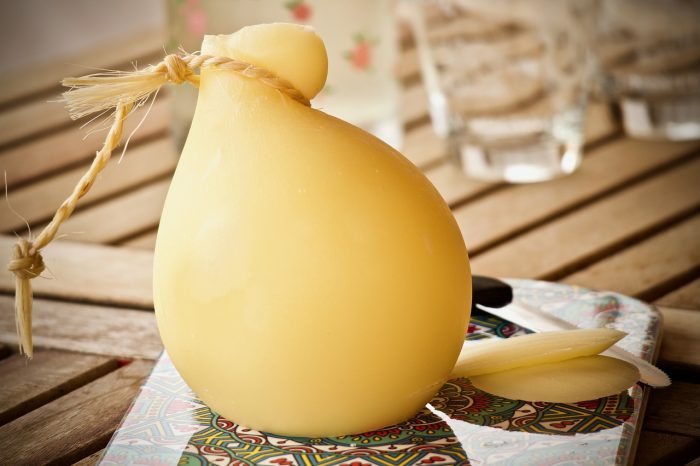
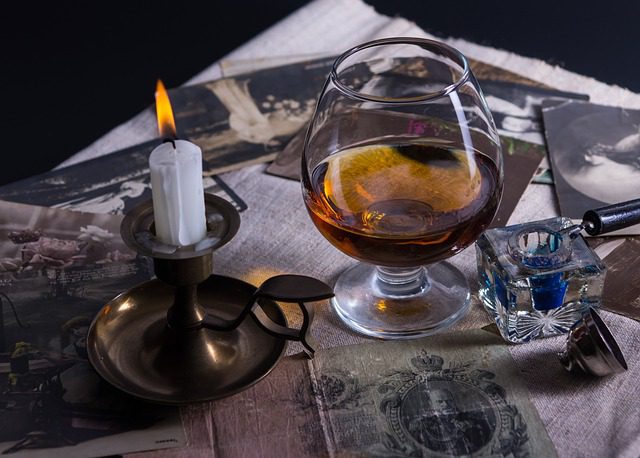
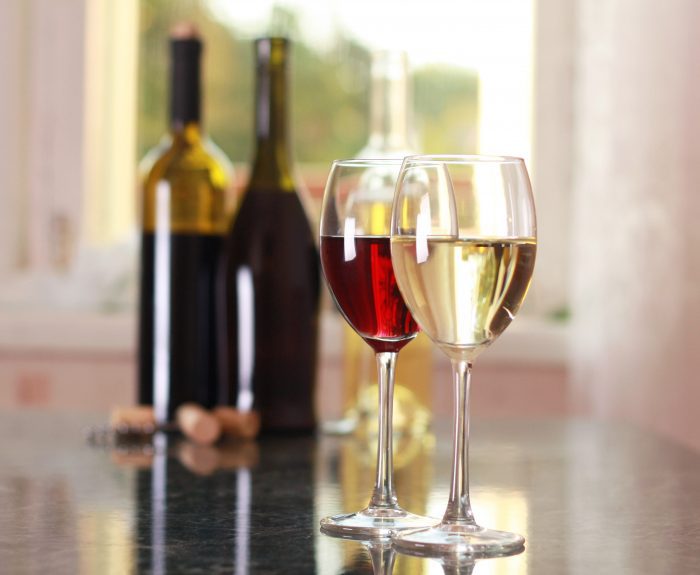
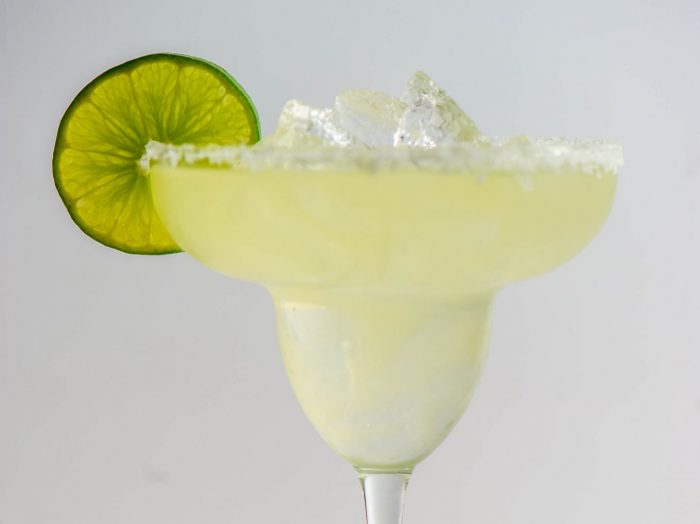

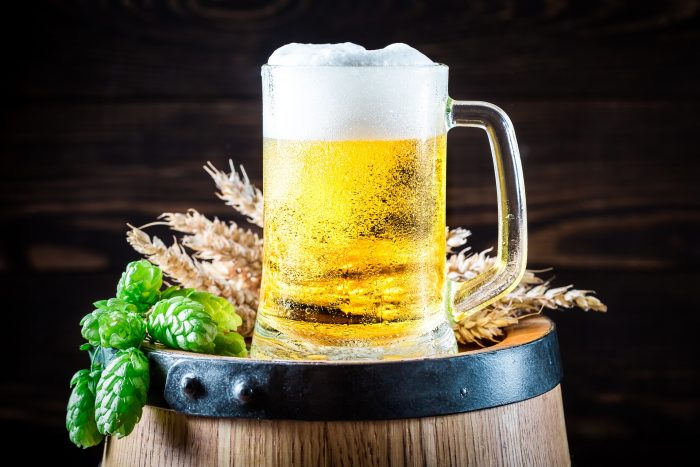
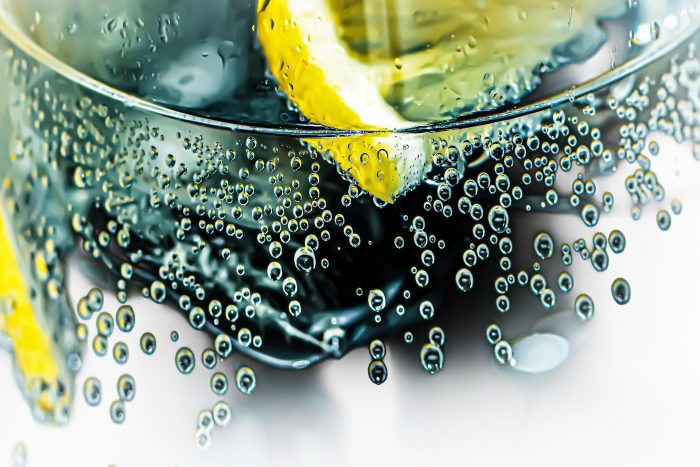
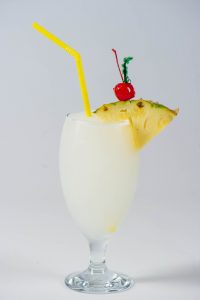 Cocktail recipes
Cocktail recipes



